

Comprising an archipelago of 330 islands, the Republic of Fiji is a part of Melanesia and is only 1100 nautical miles from New Zealand. It is one of the most developed economies in the South Pacific region and has abundant natural resources like forest products, fisheries, offshore oil and minerals like gold and copper.
The country witnessed rapid economic growth, which was arrested in the late 1990s due to several coups. Today, tourism is the mainstay of the economy, along with urbanisation and expansion in the services sector.
Surrounded by water, Fiji has many ports and harbours that allow the island nation to conduct business with the outside world. The country exports bottled water and sugarcane apart from timber and other commodities.
The commercial port management company of the country is called the Fiji Ports Corporation Limited, popularly known as the Fiji Ports. It manages the two principal ports and harbours of Suva and Lautoka, including the secondary facilities of Vuda, Rotuma, Levuka, Malau and Wairiki.
Since the nation is strategically positioned in the centre of the South Pacific region, the ports have expansive markets and abundant customers. Suva has great potential to grow further and become a regional transportation hub to serve the ever-evolving and increasing demands of the shipping industry.
The company’s objective is to strive for the upgradation of the port facilities, including infrastructure and services, to boost growth in the country. It would also strengthen transportation networks and increase productivity and efficiency.
Let’s have a look at the major ports in Fiji.
Suva is the capital and also the biggest city in Fiji. It has a large metropolitan area and a major port facility situated on the southeastern coast of Viti Levu island, in Rewa province. Suva is the political, economic and commercial centre of Fiji. Many international banks, financial institutions, international agencies etc., are headquartered in the city.
A significant chunk of Fiji’s international shipping and cruise ships are handled at the port’s King’s wharf, contributing immensely to the tourism industry. Most industries like shipping agencies, printeries and breweries are in Walu Bay.
Suva has a beautiful harbour and ideal road, communications and air link infrastructure of international standards comparable to New Zealand and Australia. It is easily accessible to major shipping lines traversing the US, Asia, North America, Australia and New Zealand, making Fiji an ideal port hub in the region.


It handles various commodities like ores, vegetable oils, LPG and general cargo. It imports 757,000 tonnes of cargo and exports over 184,000 tonnes.
The port of Suva has five berth locations; Kings South, Kings Central, Kings North, Walu Bay and Princess. The total berthing space is 845 metres long with an alongside depth of 12 metres. The container terminal can store up to 100,000 TEUs. The berths have an electricity supply, fresh water provisions, and stevedoring facilities.
Port equipment includes a Gottwald Mobile Harbour Crane with a lift of 15 TEUs per hour, six forklifts and a few Omega Spreaders. All the gear is managed by Ports Terminal Limited.
Lautoka is the second largest port, located on the northwestern coast of Viti Levu island. It handles bulk sugar, woodchips, molasses, LPG, natural gas and petroleum. It meets the shipping requirements of the western part of the island and is also the base of the Blue Lagoon and Nai’s Cruises. It handles over 1,200,000 tonnes of cargo and more than 100 cargo ships annually.
The port has an additional area which could be leased out to companies or used for creating new terminal facilities, warehouses etc. Hence, Lautoka has the potential to become a major port in the South Pacific.
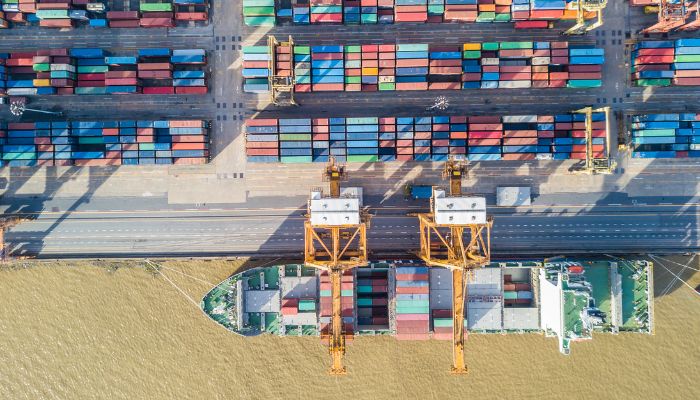

Vuda port is located within the Lautoka port. It is a private facility that primarily caters to oil and gas tankers weighing 18,000 to 24,000 DWT. It also consists of submarine pipeline berthing, and vessels anchor close to buoys at a depth of 12 m. Vessels can berth and unberth only during daytime and only with the discretion of the Port Master.
Malau is located on the northwestern side of Fiji’s second biggest island, the Vanua Levu, and is a major port handling molasses. It has a deep water anchorage facility and also berthing facilities. The port serves the nation’s sugar industry, centred in the town of Labasa. Approximately 140,000 tonnes of cargo are handled at the port annually.
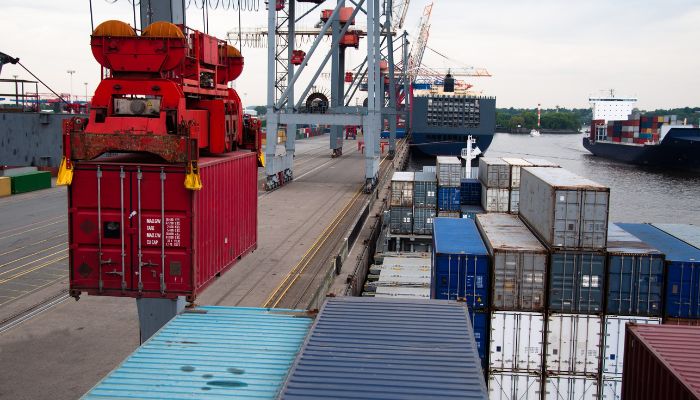

It caters to bulk ships and vessels carrying general cargo. The port caters to the island’s sugar cane farmers and is close to the sugarcane processing factory. It is privately owned by the Fiji Sugar Corporation but comes under the jurisdiction of FPCL under the Seaports Management Act.
The port of Wairiki is situated on the southeastern coast of Fiji’s Vanua Levu island. Close to the port is the small village, housing families of fishermen and people engaged in small trades. Life is slow, but people are warm and kind. Wairiki depends on tourism and has many popular diving spots like rainbow reefs, attracting people from all parts of the world.
The port was constructed recently and is mainly a woodchip facility used by Tropic Woods and caters to the logging industry of the Vanua Levu island. It would be declared the Port Of Entry into Fiji and handle the loading and unloading of cargo to and from the island. It would be managed by Tropik Woods Fiji Limited.
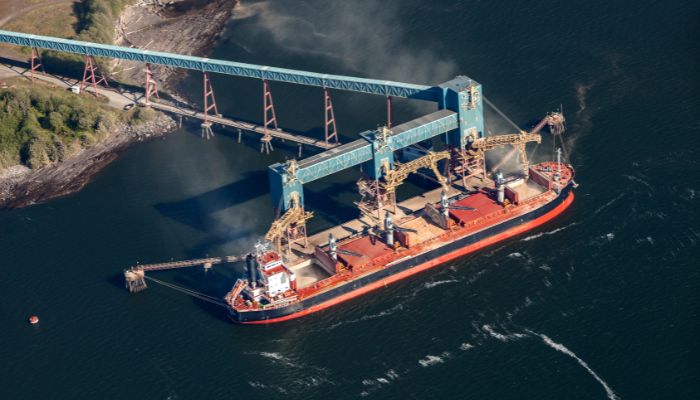

The port is currently being constructed and will soon be completed. Currently, it has a deepwater berth with a 12 m draft for handling cargo ships. Tugboats are available upon request and must be arranged before arrival. Pilotage services are not available.
Levuka lies on the eastern shores of the Ovalau island, which is approximately 20 kilometres east of the largest island of the archipelago, the Viti Levu. The city was designated as a UNESCO World Heritage Site in 2013.
It was founded in 1820 by European settlers and soon became an important trading town and port facility. It was once the capital of Fiji, and the original wharf was constructed in 1886. It was called the Queens Wharf and comprised a timber superstructure supported on concrete piles.
In the 1930s, the main wharf was extended, and the Kings Wharf was built. It was a concrete deck, 10 metres long, held by concrete piles. It was further renovated in 1980 and extended to make it 180 m long, enough to accommodate ten fishing vessels.
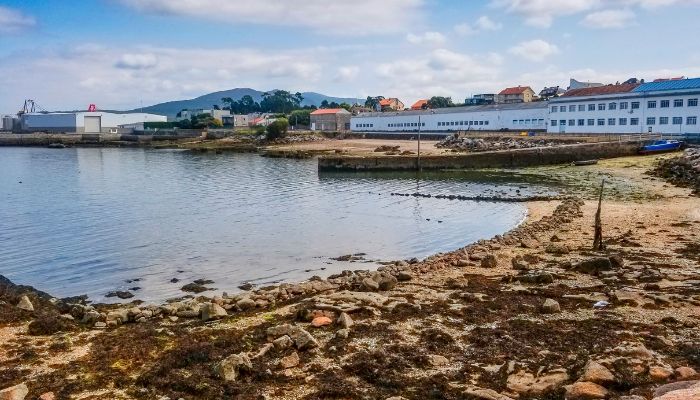

In the 19th century, it was known for the sea cucumber trade and became a regional commercial hub. It was also a stopover port for vessels crossing the Pacific in the 1950s.
In the 1960s, the Pacific Fishing Company was established. It dealt with packaging and shipping packed tuna to European and Canadian markets. A cannery was opened in the 1970s as well. Owing to the island’s isolation from the rest of the archipelago, tourism plays a minor role in its growth and development.
The small port is not frequently visited by foreign ships or vessels. It is, however, the base of the island’s fishing trade; however, tankers and cargo ships are given priority in berthing.
It serves as a port of entry and handles empty cans for the fish canning factory, frozen tuna, skipjack, etc. Over 100 ships and around 30,000 tons of cargo are handled at the port annually. The berths can accommodate vessels weighing up to 30,000 DWT.
Savu Savu lies on the Vanua Levu island. The settlement was developed as a trading post and a port facility; however, it is currently a fast-developing Fijian tourist destination. It has been described as a paradise by travellers. It has an idyllic charm and offers a relaxing holiday.
People can enjoy the many hot springs or visit a private pearl farm to see how beautiful and colourful pearls are cultivated. It is perfect for Scuba diving or enjoying a snack near the majestic waterfall. The downtown is known for the farmers’ market, bustling with friendly locals and fresh produce.
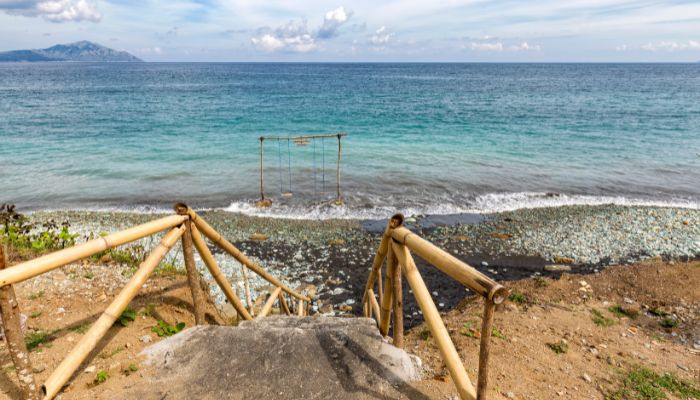

The port serves the island and is rarely frequented by international ships, although it has facilities for discharging at berth or even at anchor, with the help of lighters and ship’s gears. About 500 tons of exports are handled at the port every year.
A volcanic island, about 43 square kilometres and located 465 kilometres north of Fiji, Rotuma is a close-knit community. It was declared a port of entry in 2012 to support trade between the island and other cities of Fiji and other island nations like Kiribati and Tuvalu.
Though politically, it has been a part of Fiji since 1881, the culture of the Rotumans resembles that of the Polynesian islands towards the east. Due to the Polynesian influence and distinctive language and cultural traditions, Rotmans are a sizable minority within the Republic of Fiji.
The inhabitants grow their food and export the rest. That is also why it was made a clearance port. It has few resorts, and not many tourists visit the island. Most visitors are Rotumans who migrated to other places and come to visit their families on the island.
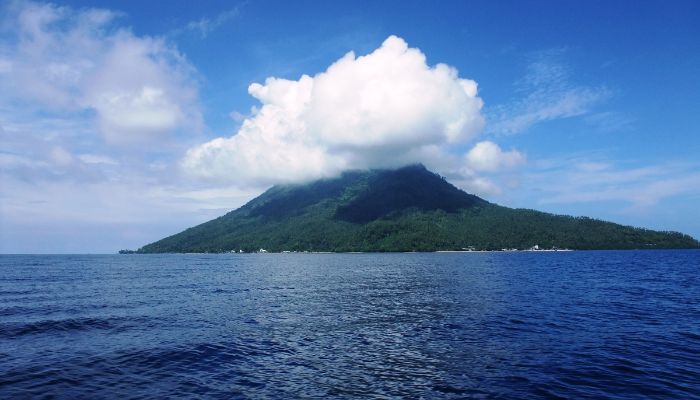

The port of Rotuma lies in Oinafa, at the northeastern end of the island, which offers berthing facilities. Although officials live at the other end of the island, they travel to Oinafa for clearance purposes. The port is seldom visited by yachts cruising to and from the Marshall islands.
The island has a post office, a small store, a local market, a police station, a hospital and a school. The supply ship comes once a month and even then carries limited provisions.
You might also like to read-
Disclaimer: The authors’ views expressed in this article do not necessarily reflect the views of The Marine Learners. Data and charts, if used, in the article have been sourced from available information and have not been authenticated by any statutory authority. The author and The Marine Learners do not claim it to be accurate nor accept any responsibility for the same. The views constitute only the opinions and do not constitute any guidelines or recommendations on any course of action to be followed by the reader.
The article or images cannot be reproduced, copied, shared, or used in any form without the permission of the author and The Marine Learners.










We believe that knowledge is power, and we’re committed to empowering our readers with the information and resources they need to succeed in the merchant navy industry.
Whether you’re looking for advice on career planning, news and analysis, or just want to connect with other aspiring merchant navy applicants, The Marine Learners is the place to be.